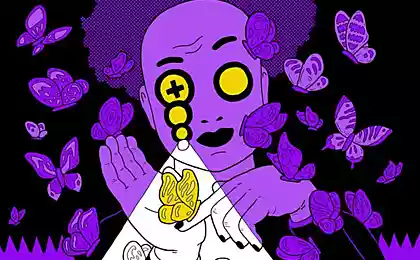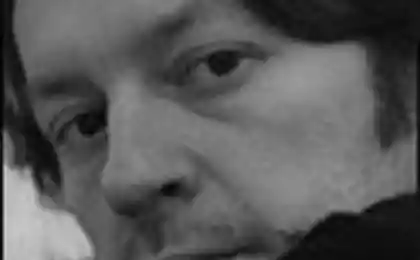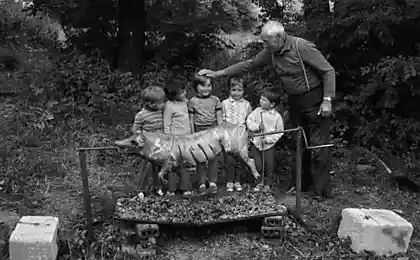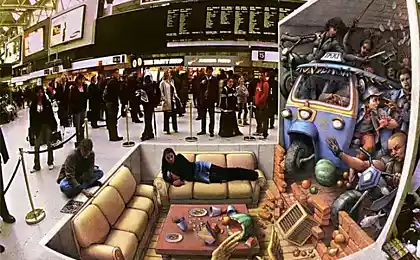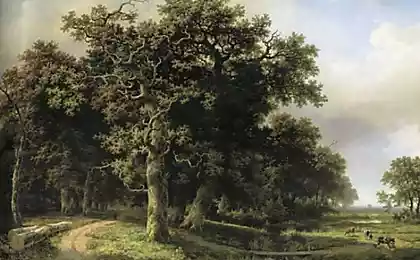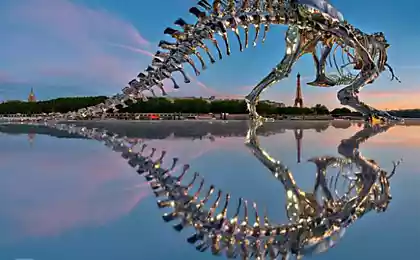1010
Not only Pastorale
Among the peaceful pastorals, portraits and other precious works of art, which cause positive emotions, there are paintings bizarre and shocking. Here you can find paintings, which belong to this category
Losing mind to matter »
"Losing the mind of the mother" - a picture painted in 1973 by the Austrian artist Otto Rapp. He depicted the decaying human head, put on a birdcage, which is a piece of flesh
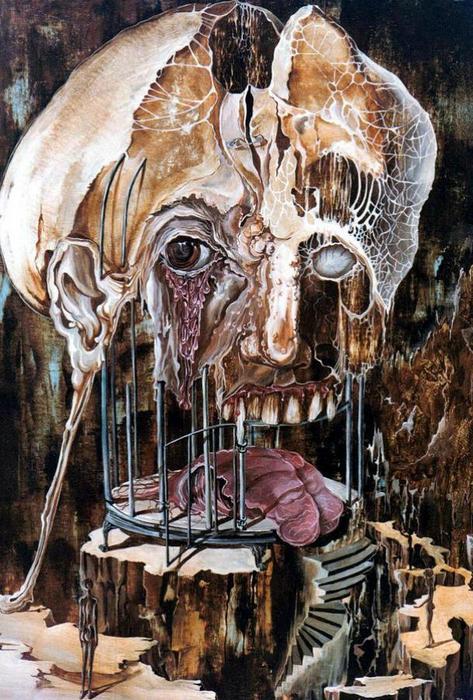
«Guernica»
One of the most famous works by Pablo Picasso's "Guernica" - the story of the tragedy of war and the suffering of innocent people. This work has received worldwide recognition and became a reminder of the horrors of war
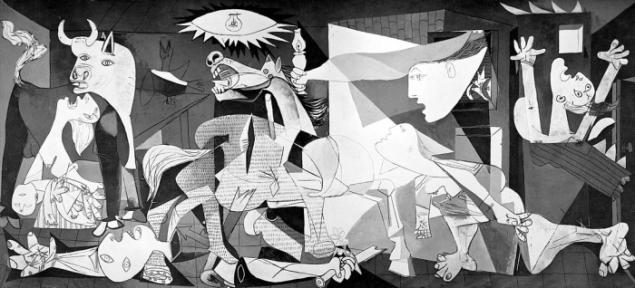
Spirit of water
Artist Alfred Kubin is the largest representative of symbolism and expressionism, and is known for its dark, symbolic fantasies. "The Spirit of Water" - one of those works, depicting the powerlessness of man before the marine element.
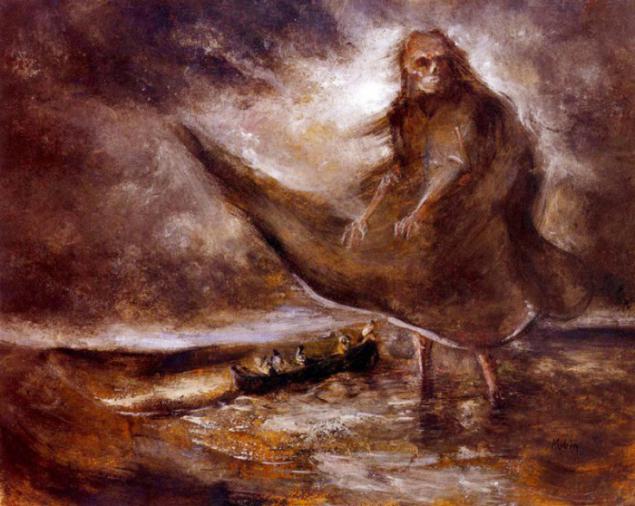
Necronom IV
This is a terrible creature of the famous artist Hans Rudolf Giger was inspired by the famous film "Alien." Giger was suffering from nightmares and all the paintings were inspired by these visions.
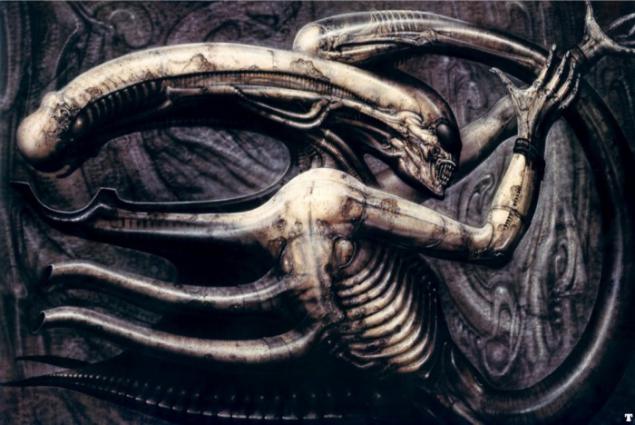
Creek
Creek is a famous painting of the Norwegian expressionist Edvard Munch. In the picture on the background of the sky the color of blood is depicted desperate people screaming. It is known that "The Scream" was inspired by the serene evening stroll during which Munch witnessed a blood-red sunset
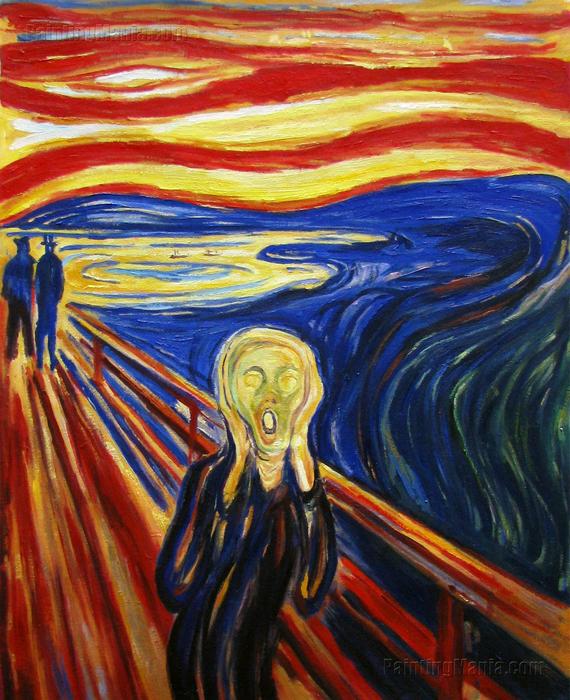
Gallowgate Lard
This picture is nothing more than a self-portrait as the Scottish author Ken Curry, who specializes in the dark, socio-realist paintings. A favorite theme of Curry - grim urban life Scottish working class
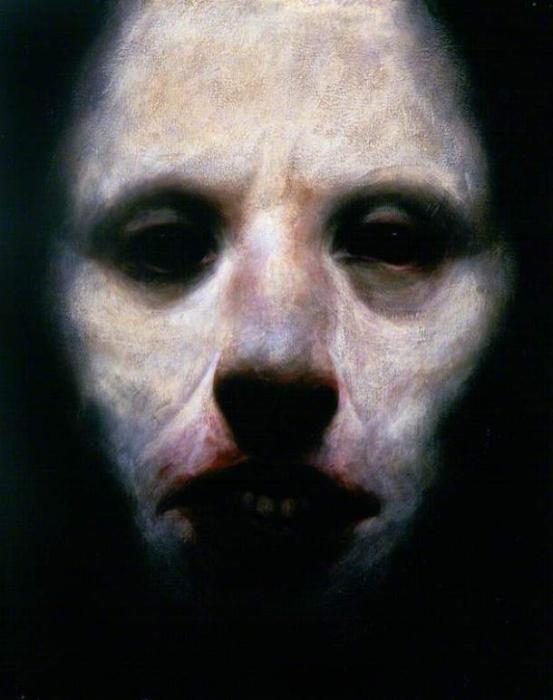
Judith killing Holofernes
Execution of Holofernes represented by such great artists as Donatello, Botticelli, Giorgione, Gentileschi, Lucas Cranach the Elder and many others. The painting by Caravaggio, written in 1599, depicts the most dramatic moment of the story - the beheading
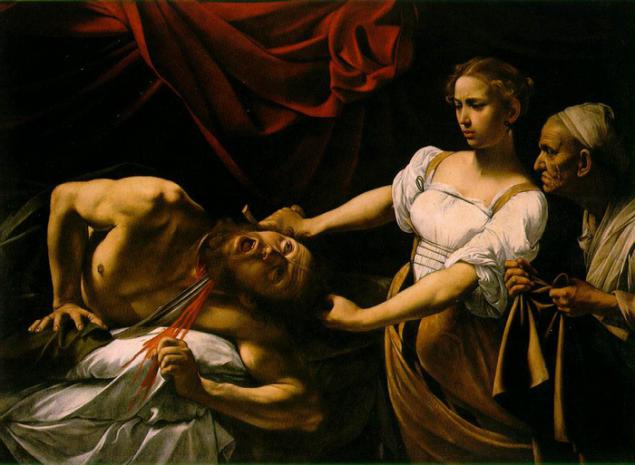
Nightmare »
The painting "The Nightmare" Swiss painter Henry hull was first shown at the annual exhibition of the Royal Academy in London in 1782, where she was shocked and visitors and critics.
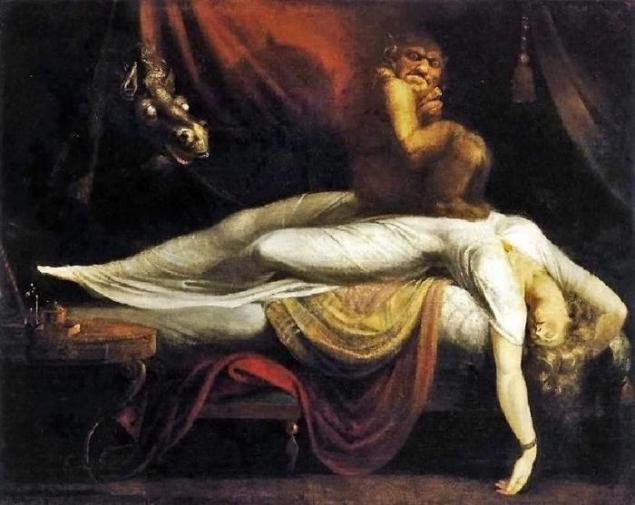
Losing mind to matter »
"Losing the mind of the mother" - a picture painted in 1973 by the Austrian artist Otto Rapp. He depicted the decaying human head, put on a birdcage, which is a piece of flesh

«Guernica»
One of the most famous works by Pablo Picasso's "Guernica" - the story of the tragedy of war and the suffering of innocent people. This work has received worldwide recognition and became a reminder of the horrors of war

Spirit of water
Artist Alfred Kubin is the largest representative of symbolism and expressionism, and is known for its dark, symbolic fantasies. "The Spirit of Water" - one of those works, depicting the powerlessness of man before the marine element.

Necronom IV
This is a terrible creature of the famous artist Hans Rudolf Giger was inspired by the famous film "Alien." Giger was suffering from nightmares and all the paintings were inspired by these visions.

Creek
Creek is a famous painting of the Norwegian expressionist Edvard Munch. In the picture on the background of the sky the color of blood is depicted desperate people screaming. It is known that "The Scream" was inspired by the serene evening stroll during which Munch witnessed a blood-red sunset

Gallowgate Lard
This picture is nothing more than a self-portrait as the Scottish author Ken Curry, who specializes in the dark, socio-realist paintings. A favorite theme of Curry - grim urban life Scottish working class

Judith killing Holofernes
Execution of Holofernes represented by such great artists as Donatello, Botticelli, Giorgione, Gentileschi, Lucas Cranach the Elder and many others. The painting by Caravaggio, written in 1599, depicts the most dramatic moment of the story - the beheading

Nightmare »
The painting "The Nightmare" Swiss painter Henry hull was first shown at the annual exhibition of the Royal Academy in London in 1782, where she was shocked and visitors and critics.


